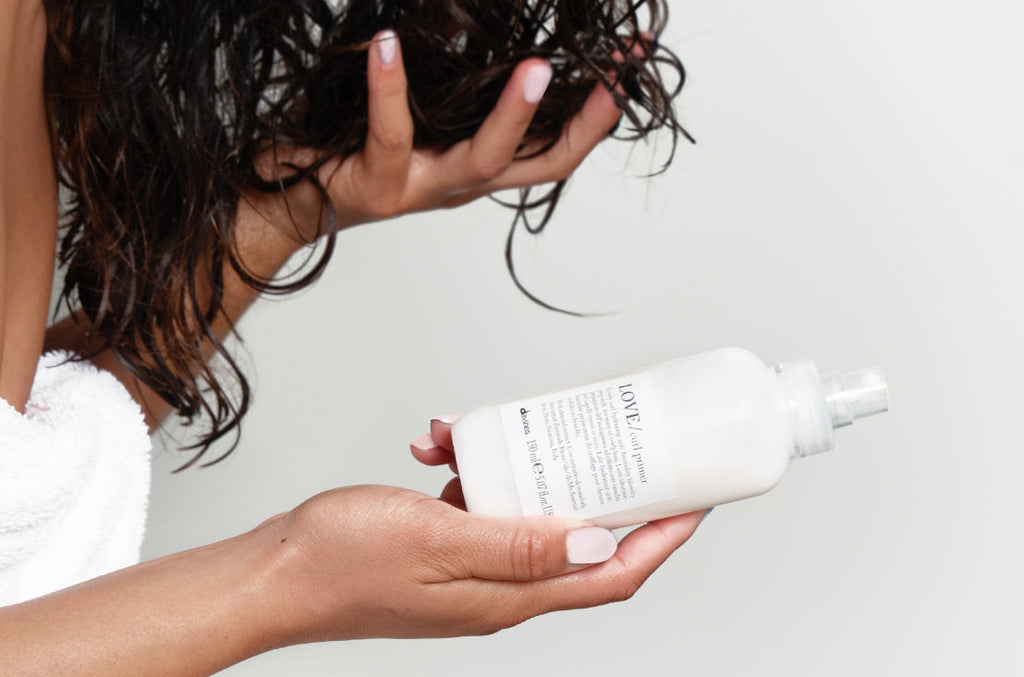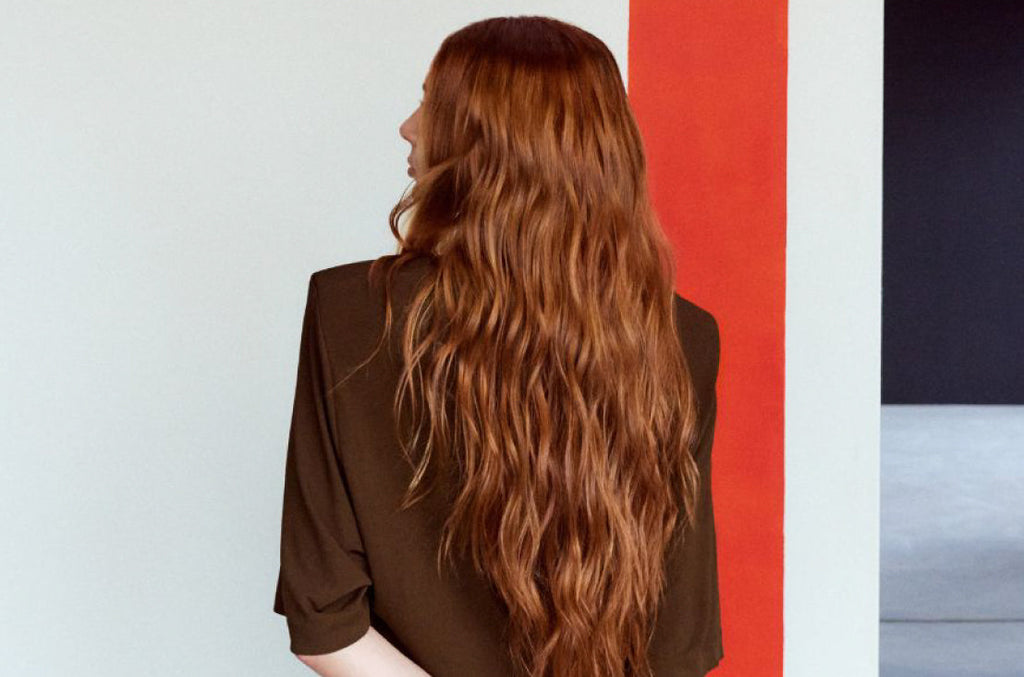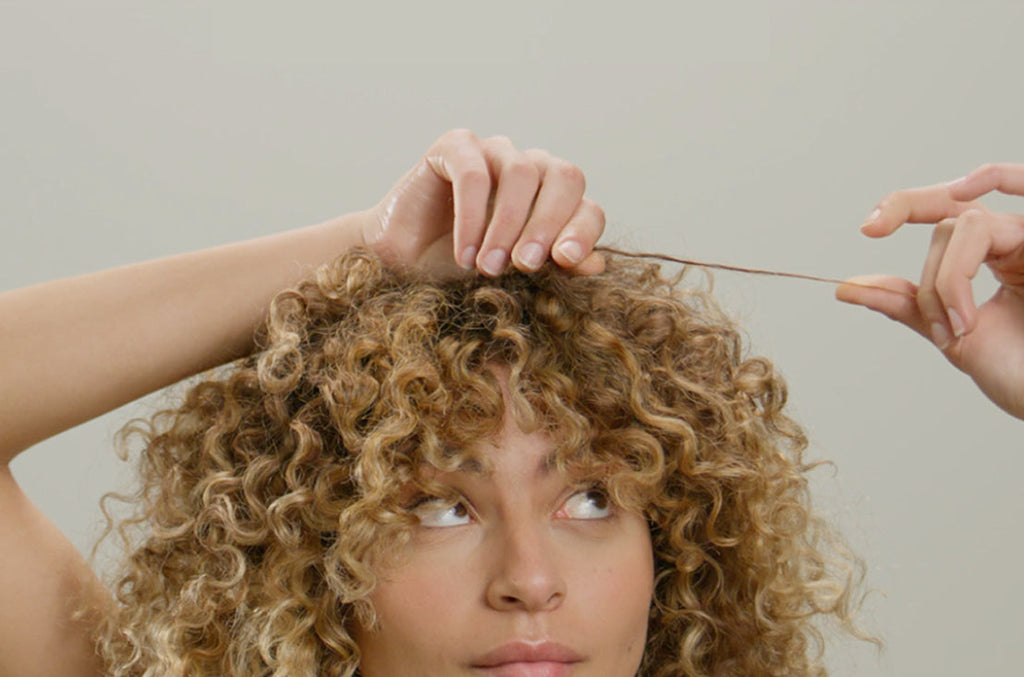Pay with Klarna
Free Carbon Neutral Shipping On Orders $75+, Plus Free Samples!
Pay with Klarna
Free Carbon Neutral Shipping On Orders $75+, Plus Free Samples!
As much as I love my anti-aging skincare routine, I’ve also come to accept a universal truth: we all get older, and it’s unavoidable. For anyone lucky enough to make it to their older years, things like wrinkles and gradual loss of energy can become minor annoyances to have to adapt to. Every journey is different, but one of the most common experiences associated with getting older is noticing that our hair has started to turn gray.
I feel like as a kid we were led to believe that gray hair was a sign of truly old age, but in reality, this isn’t the case: every person is different, but in general, both men and women will start noticing their first silver strands after the age of 35. And of course, there are exceptions: I know several men and women who started going gray in their early 20’s, as well as people like my mom who has yet to show their first silvery strand, despite being in her late 50’s. And the idea of “gray” hair, in general, has its own misconceptions: rather than your hair changing color, the emergence of gray hair is a sign that the regeneration process your hair goes through is slowing down. So while you may have been a brunette all your life, your hair follicles start producing less color as they age, and the regenerative cycle of hair dying and regrowing will start to produce hair with a lighter and grayer color than before. And it’s not just the color of our hair that changes — be sure to read our post on why hair texture changes with age to learn more about the ways our hair naturally evolves as we get older.
I’ve seen some stunning looks of women choosing to show off their gray hair rather than hide it (who could forget the iconic natural gray streak on Stacy London from What Not To Wear), but how you look and choose to present yourself is a personal choice. Maybe you feel at your best when your hair is a different color, and of course, gray might not be the most flattering look for everyone. So for any brunettes who are interested in hiding their gray hair as it comes in, here are some of the best options:
Photo by @kennakunijo
When in doubt, we DIY. If you’re not ready to commit to a salon trip to tackle your grays just yet (especially if your hair just started turning gray, and you don’t have too much to hide), here are some simple at-home styling and masking techniques you can try to hide your gray hair. This is also a great way to test out your newly gray hair, and see what the growth process for it is going to be like.
This tip is the perfect example of simplicity with a big impact. Try changing up your hair part to see if it masks any grays — this is especially helpful for anyone who only has a few strands, or it seems targeted in one area. As an added bonus, parting your hair in a new direction is usually a great way to add extra volume, since your strands aren’t used to lying flat in this direction.
Hairline grays are no match for a headband! If your grays are coming in evenly from the root, a thick headband that covers your hairline is a smart way to keep them concealed, while also keeping your hair away from your face. Try experimenting with different styles, and who knows — headbands might just become your new favorite hair accessory.
A strategically-placed braid is another smart way to help mask stray gray strands. Be sure to check out our blog post on how to braid your own hair to see our favorite braiding tutorials for smart styling inspiration.
Pulling your hair up into a topknot can help mask stray grays within the rest of your hair. There’s a variety of accessible updo hairstyles for everyone, so test some out to see what works with your hair texture (and amount of visible grays).
If your grays have moved beyond strategic hairstyles or headbands’ ability to help mask them, you might want to try a temporary tinting spray. These root touch-up sprays coat the hair follicle and provide temporary coverage, but can be annoying to have to keep re-applying. And if you’ve found yourself consistently reaching for the touch-up spray, it’s probably a good sign that you’re ready to commit to a professional color session. So this is also a smart way to test yourself: are you happy with the concealed strands, or ready to experiment with going gray fully?
If your roots are coming in strong or you’re just ready to take the plunge, there are several ways your stylist can help cover up any gray strands. It’s important to get their opinion on what will work best for your hair texture, color, and condition, so be sure to ask for a consultation to see what they suggest before committing to one path.
Photo by @kennakunijo
The good thing about gray hair is that if it’s only a sporadic occurrence across your head, your stylist can usually use highlights to make them blend in more. A nice mixture of low lights and highlights will add dimension to your hair, while also masking the appearance of any gray hairs. And if you opt for a balayage treatment, it generally makes the grow-out process look a lot smoother and more natural.
The easiest way to cover grays is by asking your stylist for an all-over color service. You’ll obviously need to keep on top of scheduling follow up appointments since your gray roots will start to come back in. But now the main question is what color brown you should be dyeing your hair. Even if you were born with naturally dark brown hair, it might not be the best choice in this case — we lose the natural pink hues in our skin as we age, so darker hair colors can actually end up making us look older and more tired. Try to stick to warmer brown hues, but always ask your stylist and check out our blog post on the best hair colors to make you look younger, as well as the best color for your skin tone, before committing to any changes.
Our recent blog post on transitioning to gray hair smoothly is a great resource for different tips and treatment options for seamlessly embracing this new look. You might want to start by opting for a shorter haircut, lessening the visual difference between the new grays and “old” brown color. But there are other lifestyle tips (such as switching up your makeup routine to more gray-flattering hues) that can also make a big difference in your look, so be sure to reference the post if you’re ready to transition to gray hair smoothly.
Subscribe
Sign up to hear about product recommendations, styling how-to's, tips & tricks, and more!
Plus, Free Shipping on your first order!
Join our newsletter to enjoy free shipping on your first order.
By submitting this form, you agree to receive the latest news, updates, promotions, and other marketing information from Davines North America, Inc. by email.



Leave a comment
Comments will be approved before showing up.